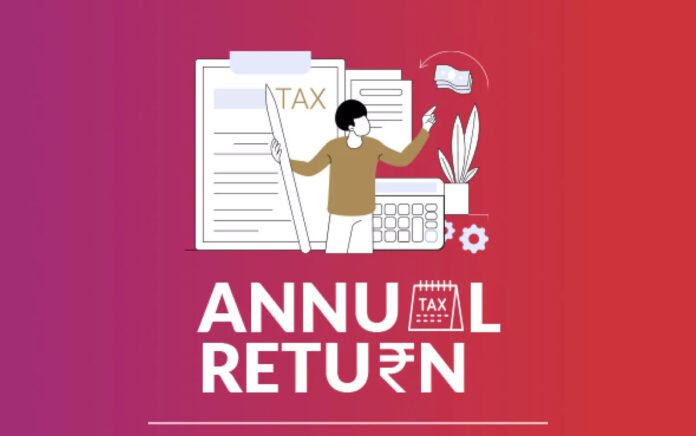The Central Board of Indirect Taxes and Customs (CBIC) recently announced significant changes to the annual GST return form GSTR-9. This update aims to streamline and enhance the reporting of Input Tax Credit (ITC) for taxpayers.
What You Need to Know About the New GSTR-9 Changes
On September 17, the CBIC notified updates to the Central Goods and Services Tax (CGST) rules, set to come into effect on September 22. These changes will impact the annual returns that GST-registered taxpayers with an aggregate turnover exceeding Rs 2 crore must file for the fiscal year 2024-25.
Who is Affected by the GSTR-9 Updates?
The revisions to the GSTR-9 form are significant for businesses—especially those whose taxable turnover crosses the Rs 2 crore threshold. Compliance with these modifications will be essential for maintaining accurate records and avoiding penalties.
Enhanced Reporting Features in the New GSTR-9 Form
Senior Partner at AMRG & Associates, Rajat Mohan, stated, “The revamped structure of the annual GST return (Form GSTR-9) is far more detailed.” The new form includes additional tables that cover:
- Reversals under Rules 37, 37A, 38, 42, and 43
- Re-claims in subsequent years
- Transitional credits
- Import-related ITC
- Auto-populated mismatches
This comprehensive approach to data collection necessitates greater diligence from taxpayers in maintaining their financial records.
Preparing for a Data-Driven Compliance Environment
Professionals and corporations need to wait for updated forms and utilities from GST Network (GSTN) before implementing these changes practically. As Mohan highlighted, these revisions push towards a more data-driven and preventive compliance regime, reducing the likelihood of litigation while emphasizing the importance of disciplined documentation.
By embedding these disclosures into the GSTR-9 form, the system aims to minimize issues such as flimsy or avoidable notices. With prepared audit trails, departmental officers will have easier access to necessary information during annual filings.
What Taxpayers Can Expect Going Forward
As a result of these changes, taxpayers and professionals will need to conduct in-depth reconciliations of GSTR-3B, GSTR-2B, and their financial accounts. Mohan noted, “This measure underscores the need for greater accuracy in filings and supports a more robust auditing process.”
In conclusion, the CBIC’s updates to the GSTR-9 form signify an important shift towards enhanced compliance in the GST regime. Businesses must prepare themselves for these changes to ensure they meet the new requirements effectively. Stay informed to make filing easier and more accurate for the upcoming fiscal year.



